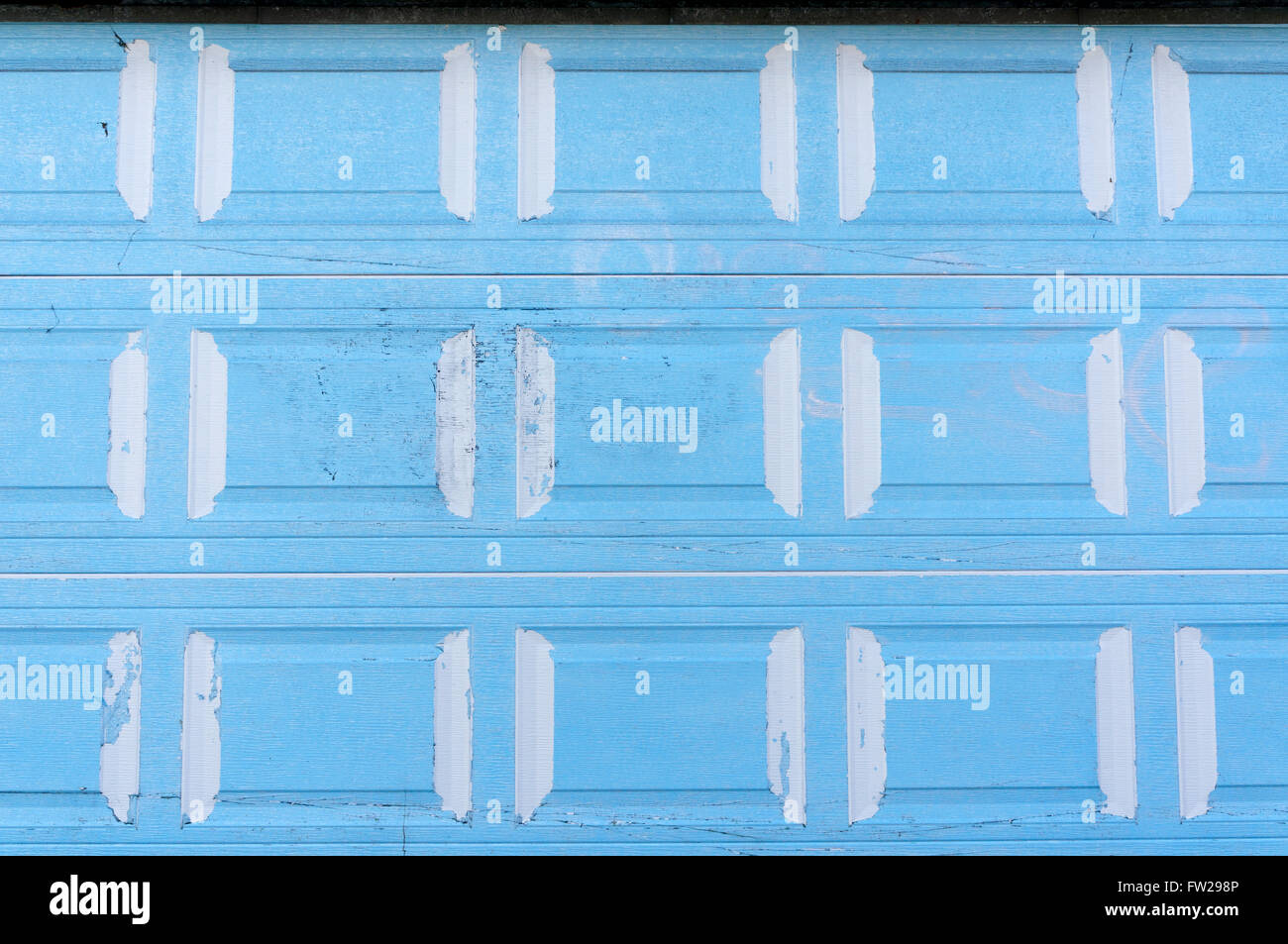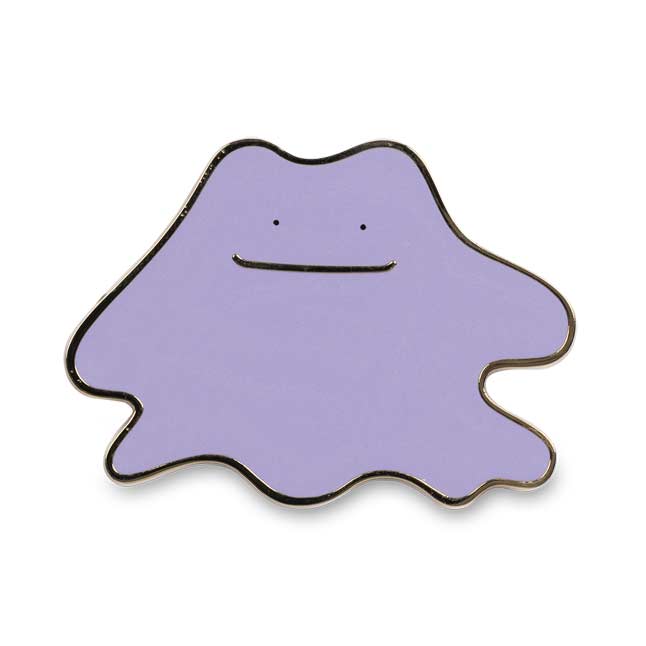
the repetition must be within a single word.the reading must be the same, possibly with sound change (as above), and.Using 々 instead of repeating kanji is usually the preferred form, with two restrictions: yokujitsu ( 翌日, next day) yokuyokujitsu ( 翌々日, lit.toki ( 時, time) tokidoki ( 時々, sometimes).ko ( 個, piece, object) koko ( 個々, piece by piece individually).However, for some words duplication may alter the meaning: yama ( 山, mountain) yamayama ( 山々, many mountains).hito ( 人, person) hitobito ( 人々, people (not "persons")).This differs from Chinese, which normally repeats characters only for the purposes of adding emphasis, although there are some exceptions (e.g., 人, rén, "person" 人人, rénrén, "everybody"). While Japanese does not have a grammatical plural form per se, some kanji can be reduplicated to indicate plurality (as a collective noun, not many individuals).

Īlthough Japanese kanji iteration marks are borrowed from Chinese, the grammatical function of duplication differs, as do the conventions on the use of these characters. This symbol originates from a simplified form of the character 仝, a variant of "same" ( 同) written in the grass script style. The formal name of the kanji repetition symbol ( 々) is dōnojiten ( 同の字点) but is sometimes called noma ( のま) because it looks like the katakana no ( ノ) and ma ( マ).

Sound changes can occur in duplication, which is not reflected in writing examples include hito ( 人) and hito ( 人) being pronounced hitobito ( 人々) ( rendaku) or koku ( 刻) and koku ( 刻) being pronounced kokkoku ( 刻々) ( gemination), though this is also pronounced kokukoku. In potentially confusing examples such as this, readings can be disambiguated by writing words out in hiragana, so hinichi is often found as 日にち or even ひにち rather than 日日. Further, while hibi can in principle be written (confusingly) as 日日, hinichi cannot be written as 日々, since that would imply repetition of the sound as well as the character. In contrast, while hibi ( 日々, "daily, day after day") is written with the iteration mark, as the morpheme is duplicated, hinichi ( 日日, "number of days, date") is written with the character duplicated, because it represents different morphemes ( hi and nichi). The use of two kanji in place of an iteration mark is allowed, and in simple cases may be used due to being easier to write. For example, hitobito, "people", is usually written 人々, using the kanji for 人 with an iteration mark, 々, rather than 人人, using the same kanji twice. In Japanese, iteration marks ( odoriji ( 踊り字, "dancing mark"), kasaneji ( 重ね字), kurikaeshikigō ( 繰り返し記号), or hanpukukigō ( 反復記号, "repetition symbols")) are used to represent a duplicated character representing the same morpheme. Japanese has various iteration marks for its three writing systems, namely kanji, hiragana, and katakana, but only the (horizontal) kanji iteration mark ( 々) is commonly used today. Its usage was discouraged when the Enhanced Indonesian Spelling System was adopted, and even though it commonly found in handwriting or old signage, it is considered to be inappropriate for formal writing and documents.

The use of "2" as an iteration mark was official in Indonesia up to 1972, as part of the Republican Spelling System. As the Latin alphabet was introduced to the region, the Western-style Arabic numeral "2" came to be use for latin-based orthography. The use of Arabic numeral ٢ was also adapted to several Brahmi derived scripts of the Malay archipelago, notably Javanese, Sundanese, Lontara, and Makassaran.

Using the Arabic numeral ٢, words such as رام رام ( rama-rama, butterfly) can be shortened to رام٢. The use of this mark dates back to the time when these languages were written with Arabic script, specifically the Jawi or Pegon varieties. Suffixes may be added after "2", for example in the word kebarat 2an ("Western in nature", from the basic word barat ("West") with the prefix ke- and suffix -an). The sign may also be used for reduplicated compound words with slight sound changes, for example hingar 2 for hingar-bingar ("commotion"). The usage of "2" can be also replaced with superscript " 2" (e.g. For example, the Malay kata-kata ("words", from single kata) can be shortened to kata2, and jalan-jalan ("to walk around", from single jalan) can be shortened to jalan2. In Filipino, Indonesian, and Malay, words that are repeated can be shortened with the use of numeral "2".


 0 kommentar(er)
0 kommentar(er)
